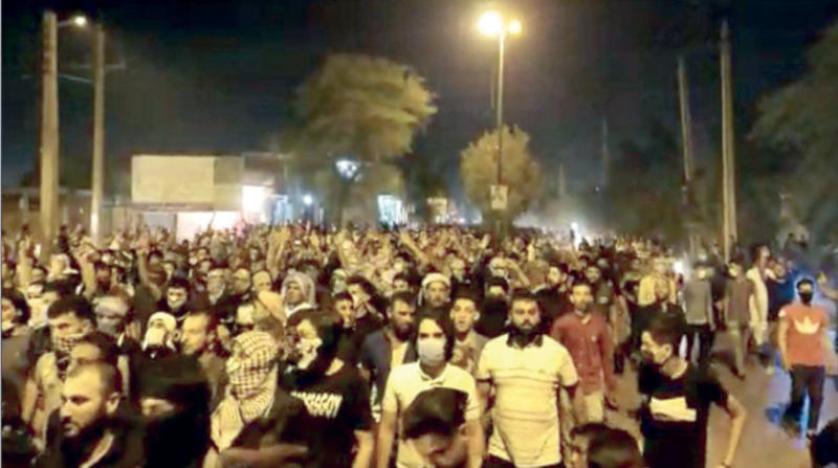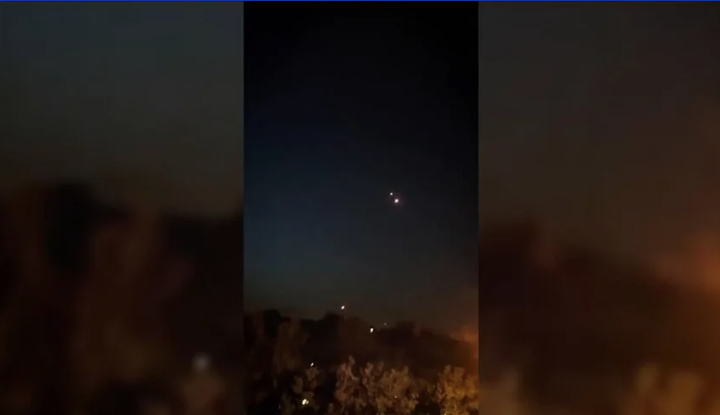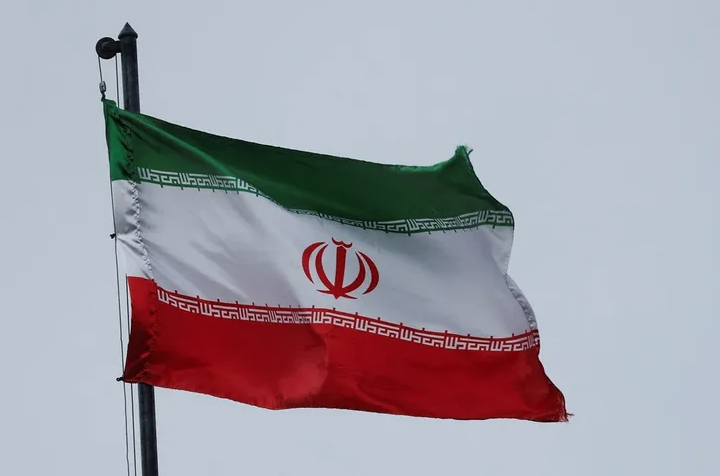Tehran’s government has begun preparations for the possibility of demonstrations erupting as concerns remain about the failure of the talks.

Rising food prices in Iran, worsening environmental problems such as water shortages and accelerating concerns that the Vienna talks will fail have prompted concern among officials about the possibility of public protests. Iranian sources told Sharki’l Avsat that security services and judicial authorities have been given ‘secret directives’ to prepare for demonstrations for three months, in line with the concerns.
- Effects of turkey’s drones on world policy
- Europol warns of growing use of ‘deep fake’ in criminal world
A judicial source said the instructions given by the authorities indicated that ‘more violent protests than previous ones’ were expected, especially as anger grew over the rise in basic food prices such as bread.
According to the sources, the military and security services, especially riot police, police stations and checkpoints, have visibly increased patrols at the entrances and exits of cities. A source said authorities ‘think the current situation will be more worrying than the previous summer’.
Officials fear a growing public backlash following protests erupting in December 2017 over livelihoods following the election of former Iranian President Hassan Rouhani, five months before former U.S. President Donald Trump withdrew from the nuclear deal. In November 2019, a surprise decision from the government to increase gasoline prices ignited the second protests. The U.S. administration’s decision to ban all oil exports in the first year of exiting the nuclear deal exacerbated iran’s economic crisis.
Dozens of cities in Iran witnessed joint protests last Monday by workers and employees of the Ministry of National Education. The Teachers’ Union Coordination Committee and labor unions said authorities were continuing the detention spree against teachers and workers attending the ‘International Day of Unity, Struggle and Solidarity of the working class’ rallies in Iran, which coincided with Teachers’ Day.
Iranian markets are awaiting the outcome of negotiations to revive the 2015 nuclear deal in a bid to restore Tehran to its commitments in the nuclear deal in exchange for the lifting of economic sanctions imposed by Washington under the former Iranian President.
Failure of negotiations
The talks were suspended on March 11th due to Russia’s last-minute demands, despite the parties’ statements that the end was near. After the russian obstacle was overcome, the negotiations faced a hurdle for Tehran to ask for the removal of the Revolutionary Guard Army (DMO) from the list of terrorist organizations.
A source said that “Iranian officials know that they cannot reach an agreement in the short term”, while noting that the current government prefers the approach of ‘continuing negotiations without signing’.
Iranian Foreign Minister Hosseel Emir Abdullahiyan held a telephone conversation yesterday with his Irish counterpart Simon Coveney, who acted as a mediator in facilitating the implementation of United Nations Security Council (UNSC) Resolution 2231 on the nuclear deal.
Iran’s Foreign Ministry quoted Abdullahiyan as saying:
“The U.S. side should take the initiative to correct the unlawful behavior of former U.S. President Donald Trump and take steps towards political initiatives. With our red lines in mind, we will continue the diplomatic path to reach the final point of agreement. In addition to political initiatives, Iran has also shown a desire to reach a good, strong and sustainable agreement in the negotiations on sanctions.”
Coveney visited Tehran in mid-February last year to encourage Iranians to make the negotiations a success. The meeting between the two officials comes amid attempts by European Union (EU) Co-ordinator Enrique Mora of the Vienna talks to break the stagnation in the talks.
Inflation
In parallel with the developments in the nuclear case, a new wave of inflation hit Iranian markets. The situation caused outrage among the middle and poor classes, which was reflected in the slogans of the people during the marches organized by the Iranian government to mark ‘Jerusalem Day’.
The Iranian government was criticized by its conservative allies in parliament last month for a new wave of inflation. Iranian President Ibrahim Reisi ordered the supervisory units to take measures to regulate markets and control price increases.
In addition, diplomats and officials in state media last month tried to send ‘positive’ messages to the foreign exchange and gold markets by publishing information that Iran’s frozen assets in foreign banks would soon be released.
Iranian state media argued that the ‘economic decisions’ taken by the Reisi government over the past eight months ‘led to the annual inflation rate to fall from about 60 percent to 46 percent in March last year’. His government decided last month to stop subsidizing the purchase of dollars for imports of goods.
Despite all this, concerns have deepened in Iran as basic commodity prices, especially bread, continue to rise. Iranian state TV’s ‘Jame Jam Online’ quoted the director general of the Agriculture Ministry’s Basic Commodity Prices Control Unit as saying that reports of rising bread prices were just a ‘rumor’.
Media reports two days ago put the price of a lod venday on the rise from 3,000 divisions to 10,000 divisions. The price of a sack of flour (40 kilograms) also increased from 260,000 divisions to 600,000 divisions. There have also been reports of a shortage of ‘pasta’ in the markets. The website ‘Nameh News’ published reports yesterday that pasta prices in Iran are rising.
The DMO’s ‘Fars News’ agency reported two days ago that the government had ordered higher prices for flour and pasta, and that the War in Ukraine had caused pasta to become expensive in Iran.
According to estimates, an average of half a kilo of pasta is consumed per citizen per month in Iran. Data from the website ‘Bonbast’, which tracks the free foreign exchange market in Iran yesterday, revealed that the dollar rate has reached 28,250 divisions.
Water crisis
An official source, who did not want to be named because the matter was sensitive, said the government was concerned that the water crisis coincided with worsening living conditions and rising basic commodity prices.
A judicial source confirmed that there was concern that the country’s water shortage would lead to protests, with Iran’s Energy Ministry saying the water level in the dams had decreased by 60 percent before the summer arrived, and that instructions had been received from its top authorities.
Abbas Sadriyan Fer, executive director of the Water and Electricity Authority of Ahvaz Province, said that ‘the dams in the province have 4 billion 700 million cubic meters of water in the resuscessment, equivalent to 36 percent of the total dam volume’. He noted that 64 percent of the dams’ capacity is empty.
Experts warn that two consecutive years of drought in provinces damaged by the Iranian government’s water policies will have dire consequences. Based on those predictions, officials expect protests over water shortages in the southern Arab province of Ahvaz last year. Locals claim a policy of diverting river waters inland from Iran.
One activist said authorities had launched an intense propaganda campaign through Friday prayer sermons in damaged areas, fearing public discontent would lead to protests.



